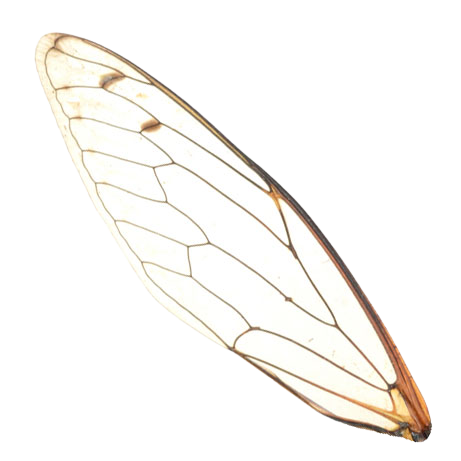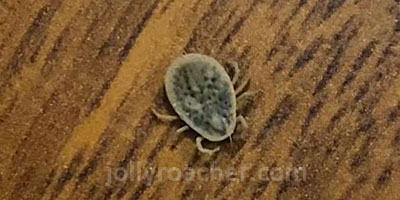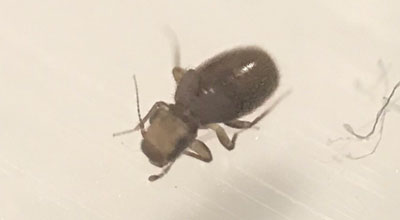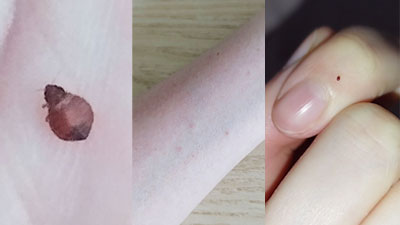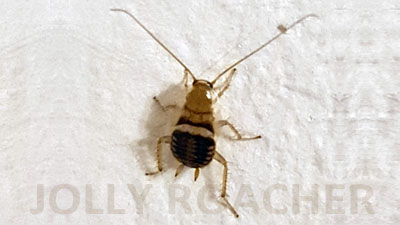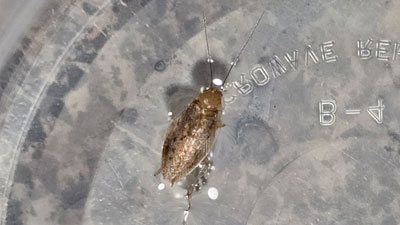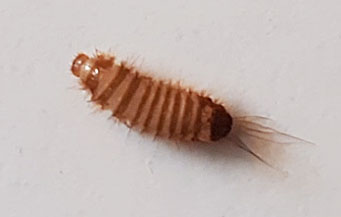This is an argas tick (possibly fowl tick Argas persicus) found in an apartment in India:
The guy wrote to me that he was cleaning the window with a nest outside. The chicks had just flown out of the nest, and he decided to remove it and clean the window sill at the same time. And found adult ticks and several nymphs on and near the window.
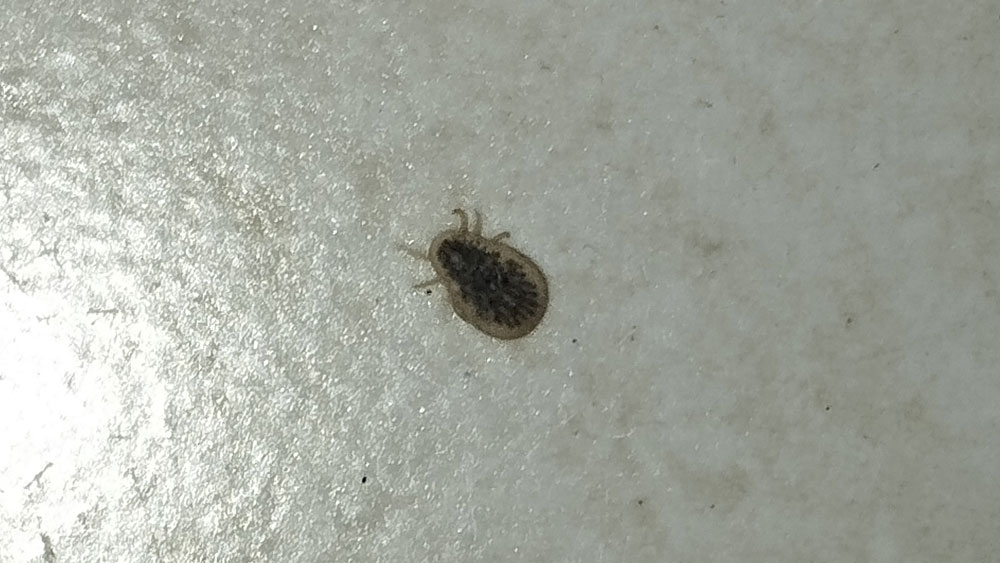
This particular one is an adult. It is well seen that the edges of its body are yellow, which is very characteristic for a fowl tick: when it is hungry, its body has a yellowish tint, and after saturation it turns blue.
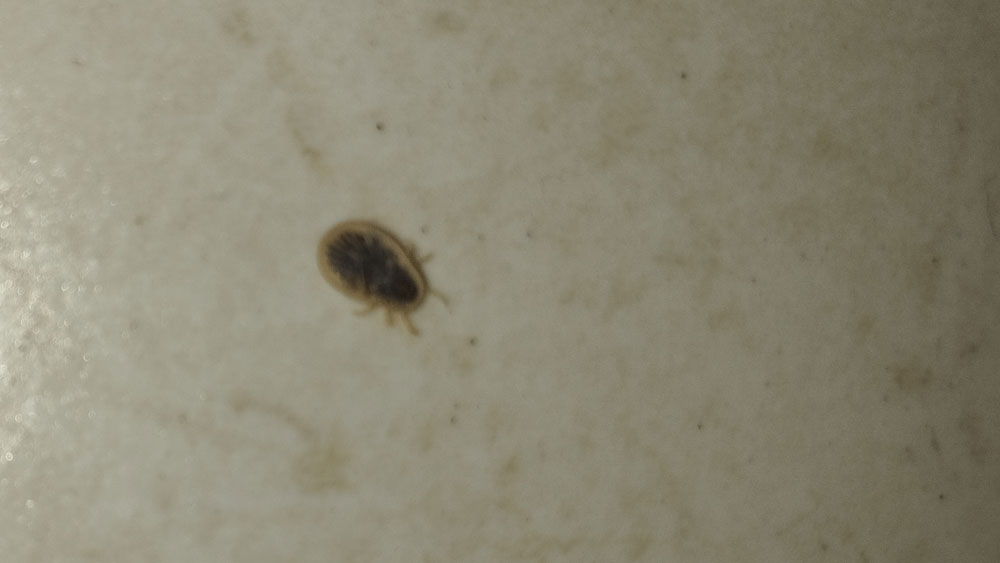
In addition, it is Argas persicus that is most common in Southeast Asia, and it is most likely to settle not only in hen houses, but also in the nests of synanthropic birds. This is important: in its biology it is associated specifically with birds, and therefore inhabits places where synanthropic birds live in large numbers or where chickens, turkeys and domestic pigeons are kept.
If for some reason ticks are left without bird-feeders, they can spread out of their hiding places in search of feeders, crawl into living apartments and bite people. Their bites leave itchy blisters on the body, although they do not bite people on a large scale, since in living quarters, feeding only on human blood, they almost do not reproduce.
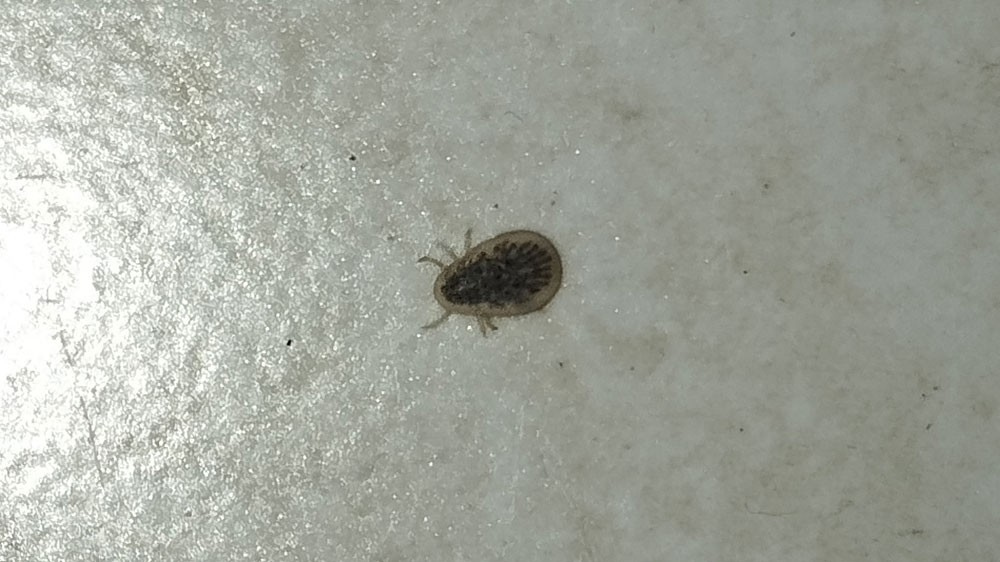
However, you should not put up with their presence in the house and, if discovered, they must be immediately eliminated. If there are few of them in the house, it is enough to kill them manually. If a large number of these parasites have crawled into the apartment, they can be destroyed using aerosol acaricides. To get rid of them, remedies based on deltamethrin, alpha-cypermethrin, malathion, fenthion, temephos and other substances are used. One good treatment of the room allows you to completely destroy all such ticks, and after it you need to remove all bird nests from the windows and attic in the house so that new ticks do not appear and settle here, reproduce and enter the house again.
A fowl tick is very similar to a pigeon tick and they cannot always be distinguished from photos:
However, there is usually no need to distinguish between them. It is enough to know that they are argas ticks and take measures to remove all bird nests – incubators for such parasites – from the house.
But even if after that you are not sure that the arthropods in your house are argas ticks, write to me and I will help you identify your pests.
And if my help was useful to you, you can support my identification project with a donation…
